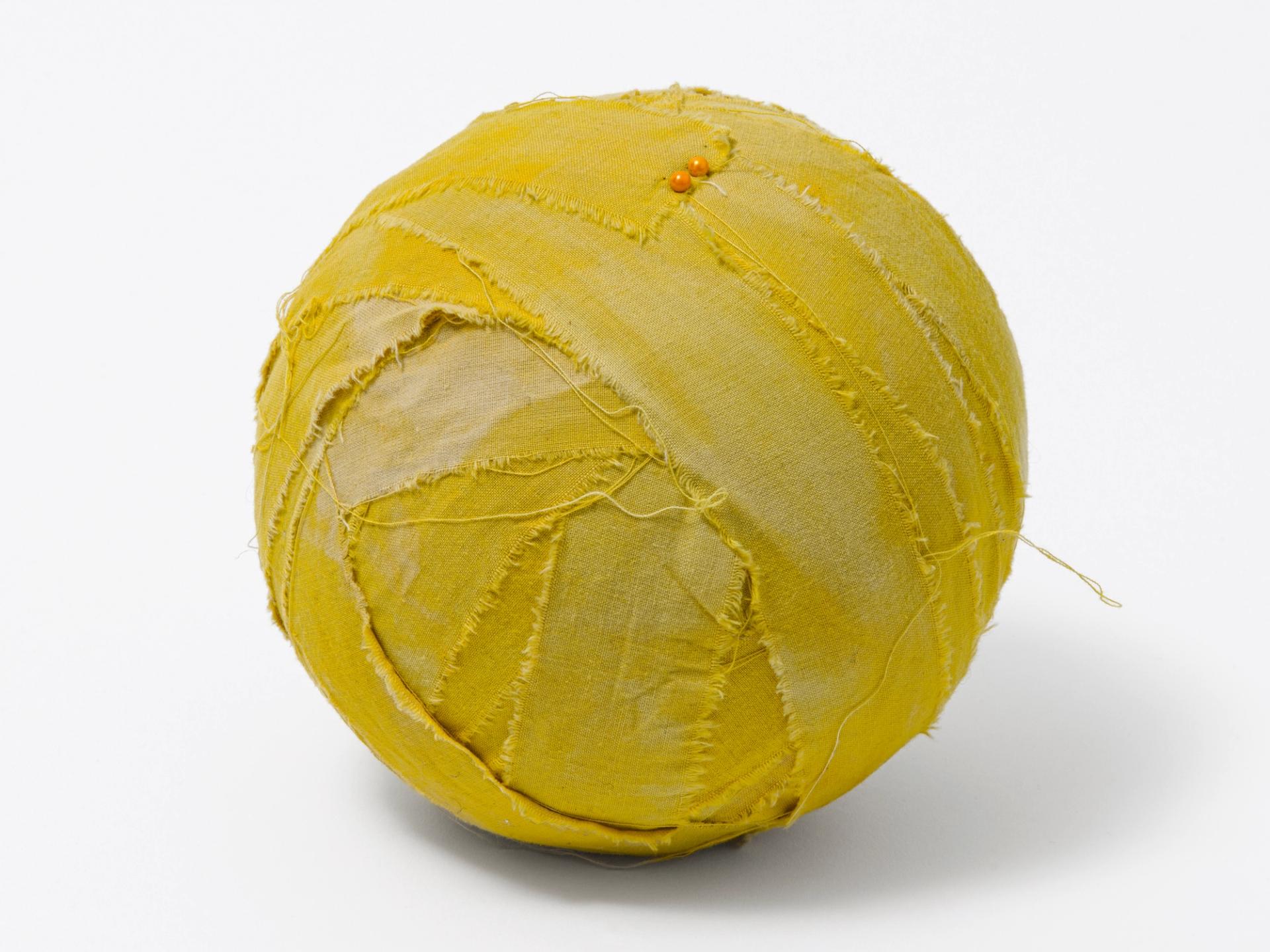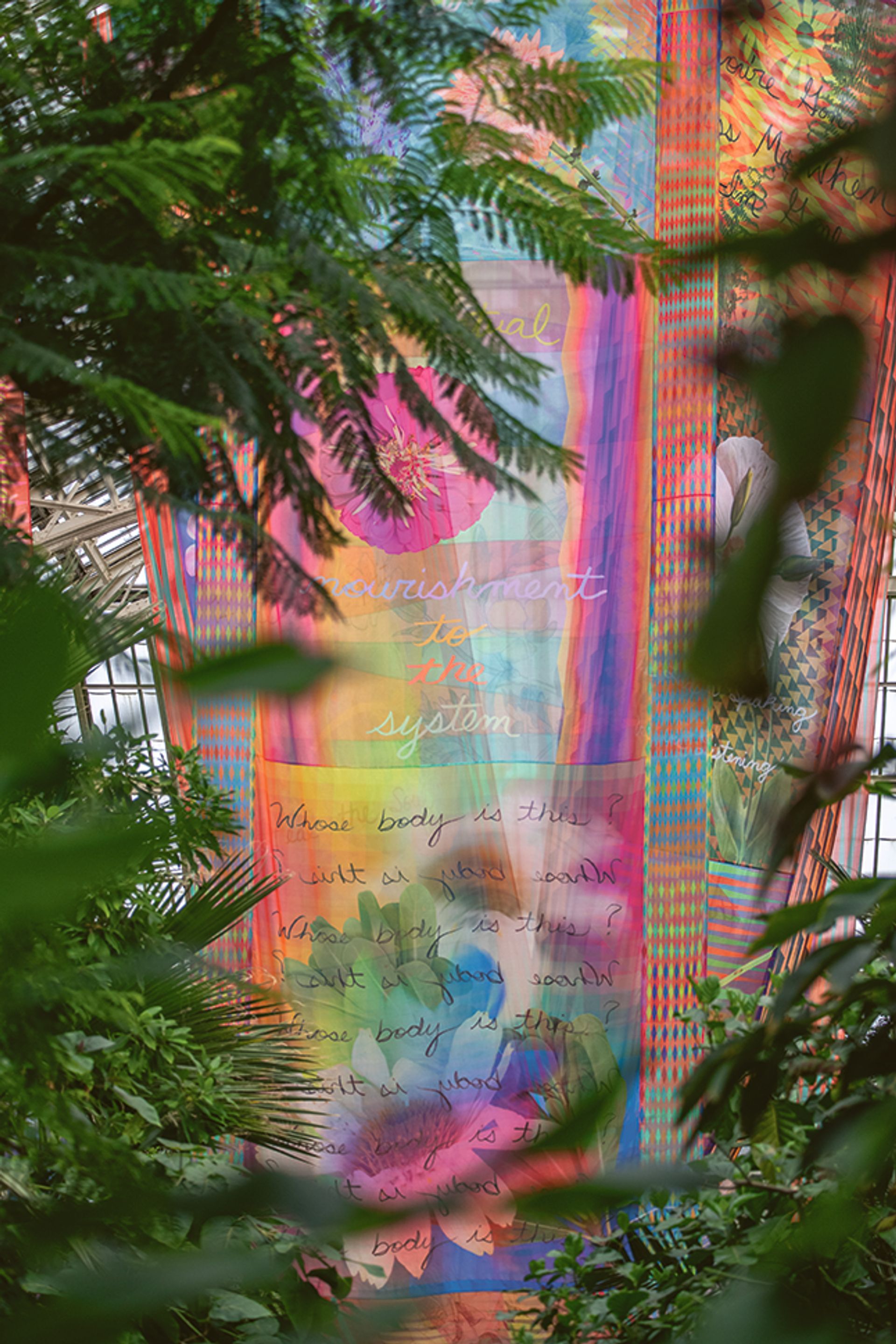What can art do about a crisis? This is a question that a growing number of museums across the world have been faced with as they mount exhibitions addressing the climate emergency.
In the past six months alone, institutions ranging from London’s Hayward Gallery (Dear Earth, now closed) to the Museum of Modern Art in New York (Emerging Ecologies: Architecture and the Rise of Environmentalism, until 20 January 2024) have opened eco-themed exhibitions. This month, a spate of new shows across London take up the baton, offering fresh perspectives on the subject’s relationship to wider society and taking the conversation out into the “real world”.
RE/SISTERS: A Lens of Gender and Ecology, at the Barbican (until 14 January 2024), explores the “systemic links” between the oppression of women and the exploitation of the planet, says Alona Pardo, its curator. It brings together a group of around 250 works by women and gender non-conforming artists—a large portion from indigenous communities and the Global South—that focus on care and connection.
Among the highlights is Chicana LGBTQ artist Laura Aguilar’s photo series Nature Self-Portrait #5 (1996), in which she depicts her plus-sized body intertwined with objects such as a boulder and tree branches. These are works that “defy Western standards of beauty”, Pardo says, and question “how nature has been represented and who owns that space”.
The exhibition also features “earth-body” works by the Cuban American artist Ana Mendieta, which emphasise our primordial connection to the land, as well as documentation of drag performances by the Brazilian artist and activist Uýra that draw attention to the ecology of the Amazon basin.
For Pardo, this is much more than a show about the climate; it is about dual injustices and “how women have resisted, and are constantly taking the fight back and bringing these two struggles together”.
Highlighting green spaces
Meanwhile, over at the William Morris Gallery in east London (21 October-18 February 2024), a new version of Radical Landscapes—previously on view at Tate Liverpool—will highlight the socialist, utopian philosophies of Morris himself. The designer and thinker wrote extensively on the dangers of allowing our green spaces to be overrun by industrialisation. A room devoted to his ideas will be included beside displays of what the British landscape signifies to artists as diverse as Thomas Gainsborough, Anthea Hamilton, Jeremy Deller and Veronica Ryan.

Veronica Ryan, Collective Moments X, 2022, part of a series that takes seeds, fruit stones and skins as a central motif to explore issues around ecology, the cultural history of natural materials and more
© Veronica Ryan. Photo Michael Brzezinski
The emphasis here will be on making these topics relevant to the communities closest to the gallery itself. “We wanted to integrate ideas around who has access to the land, particularly in a local context,” says Rowan Bain, the exhibition’s co-curator. Special commissions include a series by the photographer Abel Holsborough comprising portraits of Windrush generation allotment holders across the London borough of Waltham Forest, while an expansive public programme will feature activities such as a night walk, stargazing sessions and still-life drawing.
For Bain, putting on a show about climate change alone just “doesn’t work”. Instead, her mission is to “highlight the green space we have around us”. This simple idea is one that other museums across the UK are inventively responding to. Queer Nature at Kew Gardens (until 29 October), also in London, will be an eclectic festival celebrating the diversity of British plant life and fungi, with a special commission by Jeffrey Gibson—the artist selected to represent the US at the 2024 Venice Biennale—at its heart. The Sainsbury Centre in Norwich, meanwhile, recently announced a programme of exhibitions, interventions, collection displays, artist-led workshops and more that will take place across its leafy grounds and “mobilise the Sainsbury Centre as a space of hope”.

Jeffrey Gibson’s installation House of Spirits (2023), part of the Queer Nature festival at Kew Gardens
Courtesy of Royal Botanic Gardens, Kews
Such shows could not come at a more critical time. This July was the hottest month ever recorded, according to the EU’s Copernicus Climate Change Service (C3S), and the summer saw wildfires spread across Europe and the US. Without immediate change, the 1.5 degrees celsius global warming threshold set in the 2015 Paris Agreement is all but certain to be breached, after which scientists expect dire, irreversible ecological damage to occur.
Still, critics increasingly ask, what can art truly contribute in a struggle that requires practical, drastic action on a grand scale? Artists will be continually trying to come up with answers of their own.
- RE/SISTERS: A Lens on Gender and Ecology, Barbican, London, until 14 January 2024
- Radical Landscapes: Art inspired by the land, William Morris Gallery, London, 21 October 2023-18 February 2024
- Queer Nature, Kew Gardens, London, until 29 October
- Planet for our Future, Sainsbury Centre, Norwich, until March 2024


